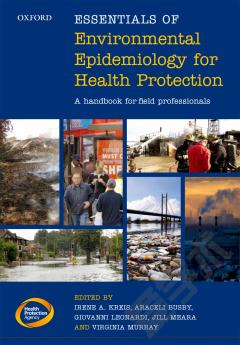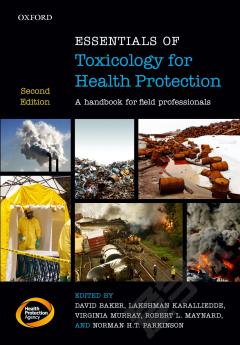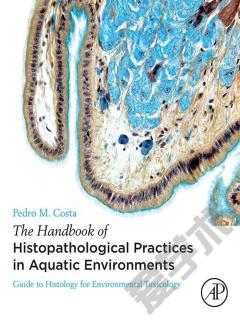Essentials of Environmental Epidemiology for Health Protection —— A handbook for field professionals
----- 卫生署卫生防护环境流行病学要点:适用于现场专业人员的手册
SECTION 1 IDENTIFYING THE PROBLEM 1. Introduction to Environmental Epidemiology for Health Protection, illustrated with a case study on lead through the ages 2. Epidemiology of environmental hazards, illustrated with a case study on landfill concerns and water (acute and chronic issues) 3. Literature reviews, systematic but how and why? Illustrated with case studies on dioxin 4. Communication in epidemiological studies, illustrated with a case study on a gas-factory terrain clean-up 5. Identifying and dealing with high-risk groups systematically and transparently, illustrated with a case study on Q fever 6. Health registers as a tool for disaster epidemiology, illustrated with a case study on a fireworks explosion SECTION 2 ASSESSING THE PROBLEMS AND DEVELOPING A SCOPING STUDY 7. Environmental measurements, illustrated with a case study on ambient air pollution 8. Exposure assessment for epidemiology, illustrated with a case study on air quality in schools 9. Toxicology and its practical use in chemical incident response, illustrated with a case study on mercury 10. Risk assessment, illustrated with a case study on carcass removal in a Foot & Mouth epidemic 11. Real-time syndromic surveillance, illustrated with a case study on an oil depot explosion 12. Routine data, illustrated with a case study on carbon monoxide 13. Geographic Information Services (GIS), illustrated with a case study on Legionaires' disease outbreak SECTION 3 ENVIRONMENTAL EPIDEMIOLOGY DESIGN AND PROBLEM ANALYSIS 14. Study designs for public health investigations: basic concepts and practice, illustrated with a case study on asthma 15. Field epidemiology: logistics, illustrated with case studies on a Legionella outbreak and a child blood lead survey 16. Data quality, illustrated with a case study on congenital eye defects 17. Applied statistical techniques, illustrated with case studies on a cancer cluster and PCB in human milk 18. Ethics in environmental epidemiology, illustrated with a case study on lead levels in children SECTION 4 SPECIAL TOPICS 19. Cluster investigations, illustrated with a case study on childhood leukaemia in a cut-flower community 20. Occupational epidemiology, illustrated with a case study on bladder cancer 21. Radiation, illustrated with case studies on extremely low frequency electromagnetic fields and radiofrequency electromagnetic fields 22. Heatwave plan evaluation 23. Analysis of mental health impacts of flooding 24. Chemical Incidents, illustrated with a case study on an oil depot explosion 25. Odours incidents and epidemiology, illustrated with a case study on trans-border transmissions 26. Decision model for an investigation, illustrated with a case study on odours and dust INDEX
{{comment.content}}








 京公网安备 11010802027623号
京公网安备 11010802027623号